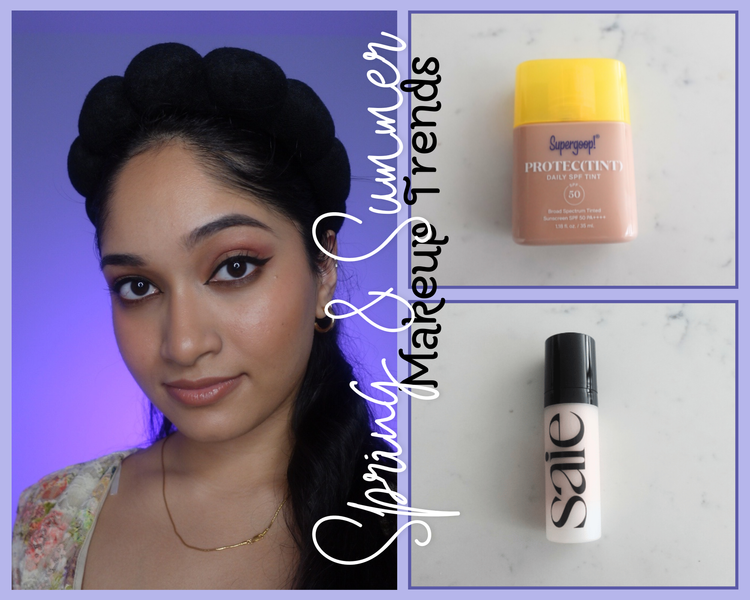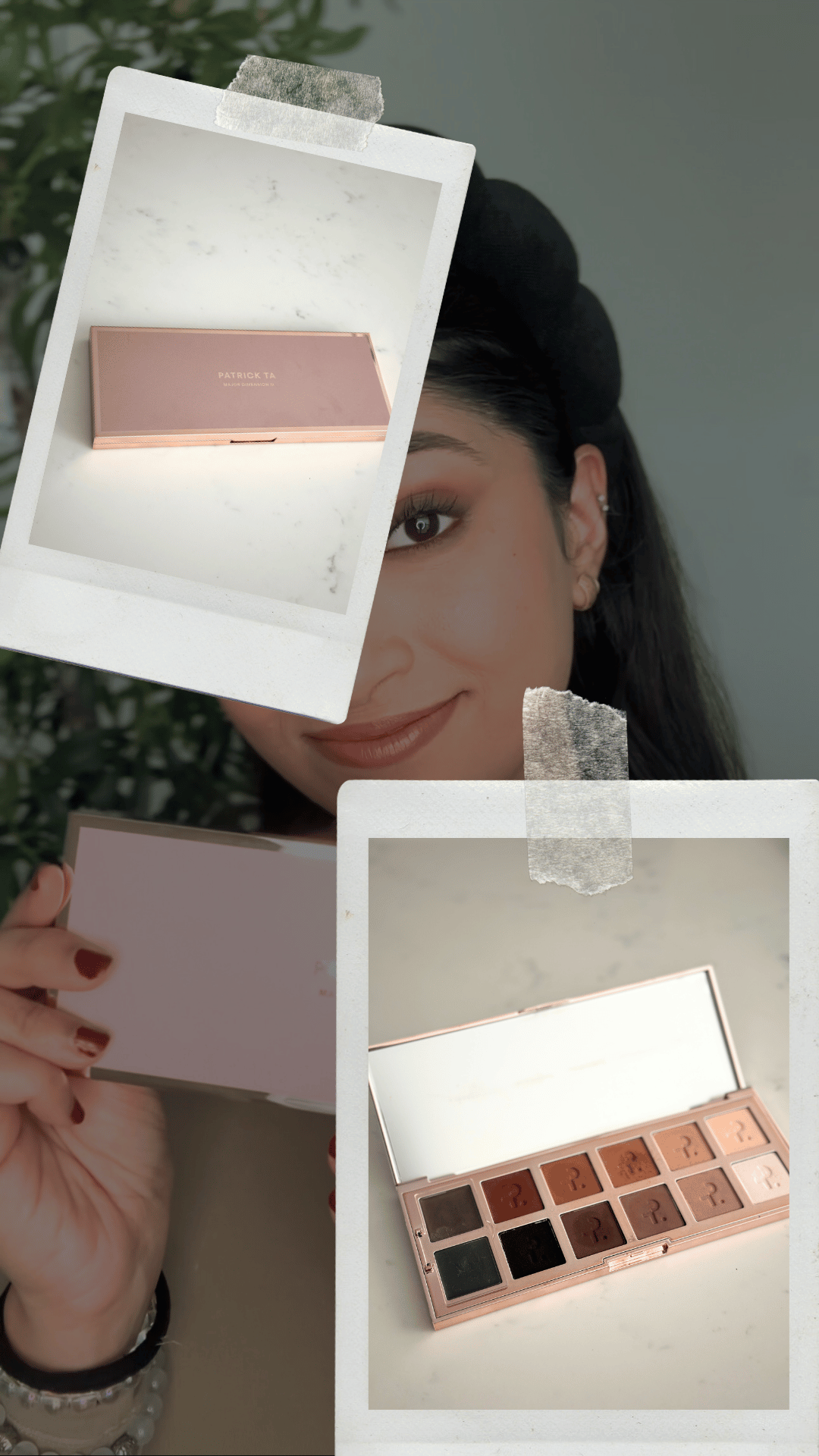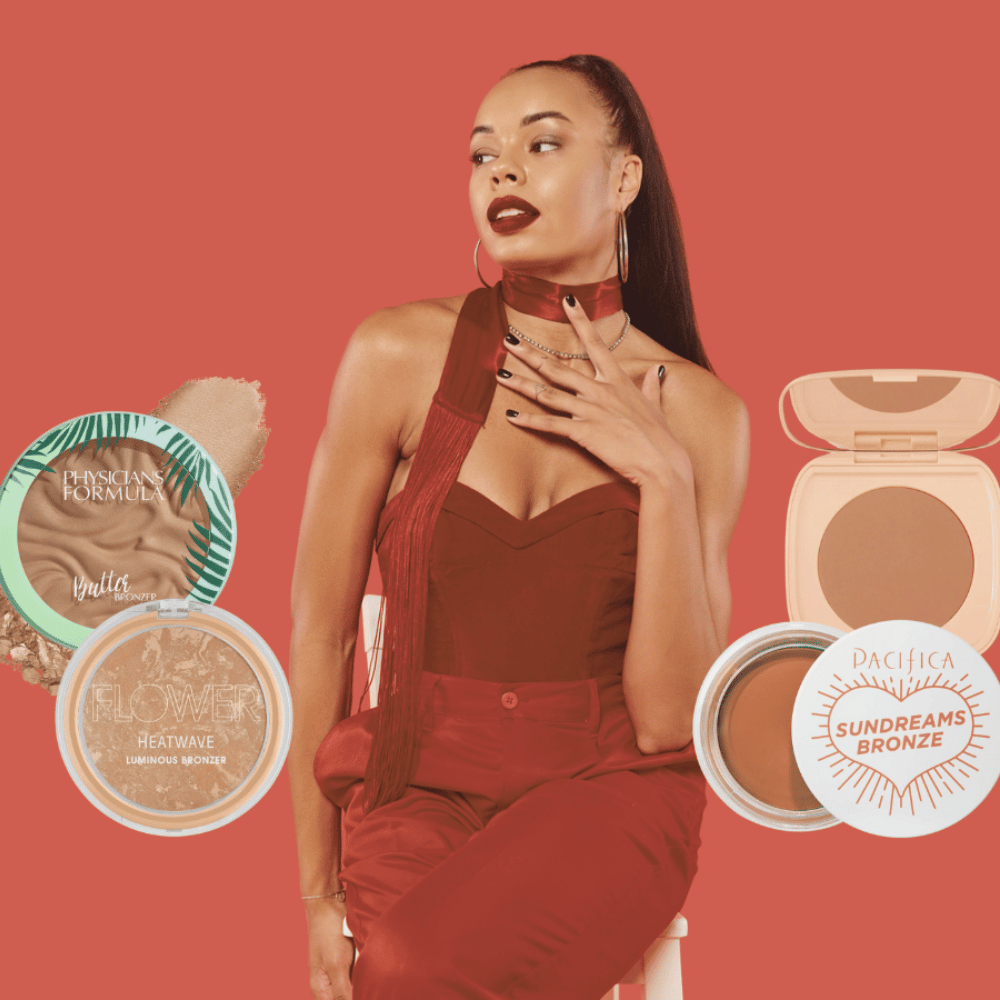How To Clean Makeup Brushes And Sponges
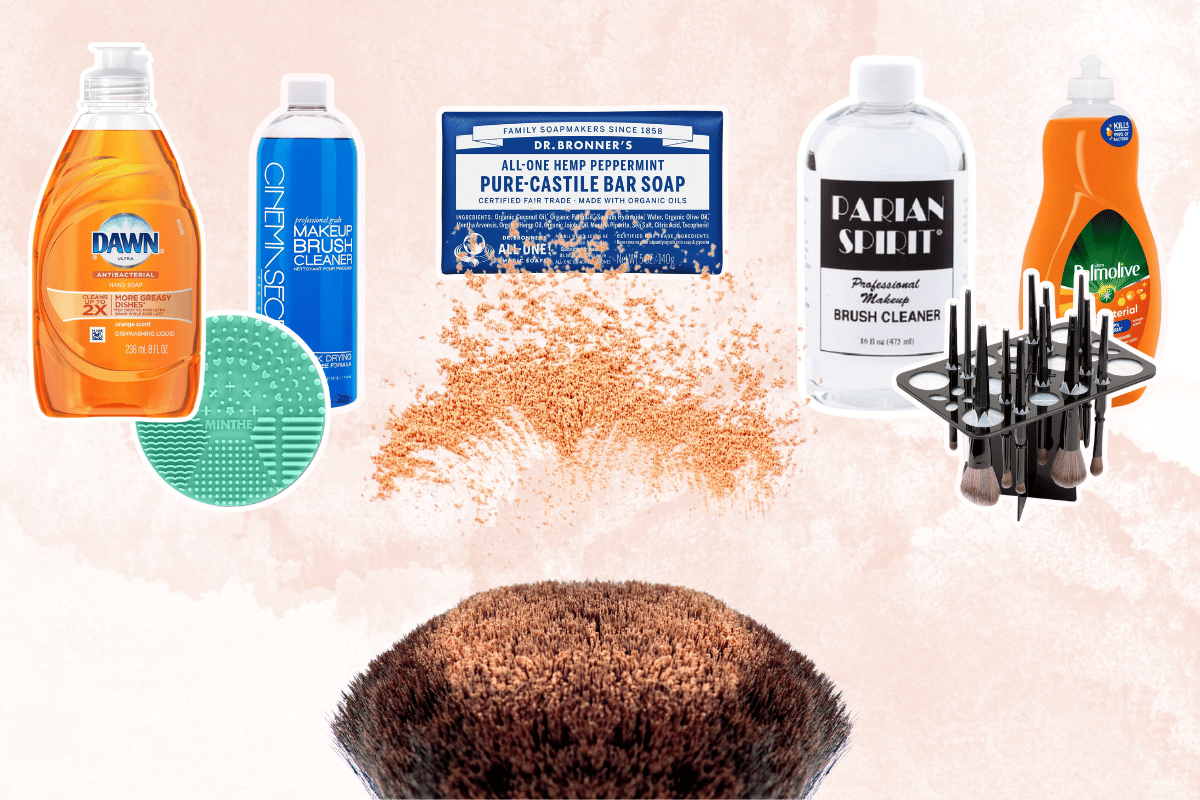
We all love painting our faces and getting the glam on occasion after occasion. We go out. We do our thing. After a night of fun, we come back home to a previously beautiful vanity. It's now muddied with the colors of the night's look at the tips of all our brushes and sponges scattered across our beauty spaces. With a sigh, we realize that daunting chore we have to do next - clean our makeup brushes and sponges.
Unlike cleaning other things in life, this process isn't the worst once its broken down for you. Here's what you'll need and how you'll do it.
@eliteselects Makeup therapy is real and it’s something we’ll always love. Until you’ve got to spend the time finding a clean brush from a mound of clutter or worrying about the dirty brush you finally decided to use on your face. It seems like a chore, but here’s my easy routine for a budget-friendly and thorough clean. Check out the link in the bio for products used and a step-by-step breakdown. #beauty #makeup #clean #cleanmakeupbrushes #cleaningday #style #makeuptutorial #viral #trending #instagrambeauty #makeupartist #sephorabrushes #beautytok @Dawndishsoapofficial @sephora @Dr Bronner's @Cinema Secrets Pro Cosmetics ♬ Redrum Savage 21 HuizarDj Intrumental Remake - El Huizar Oficial
Why Clean Makeup Brushes and Sponges?
Most of us keep our makeup brushes in two popular places: on our vanity table or inside a makeup bag. Compared to a lot of other items in our life, these beauty tools are well guarded. However, what makes them a health hazard is actually the makeup residue sitting on the bristles in our brushes. Sponges are even worse.
Tools that are used with liquids and creams are on the top of the must clean list closely followed by powder tools. In the recent years, there have been many studies done on the bacterial and fungal build up on brushes. Uncleaned brushes were concluded to be more dangerous to the skin that even the surface on our phones, and in some cases, our toilet seats.
Dirty makeup brushes and sponges are one of the most deceiving bacterial and fungal hubs and can and has led to skin irritation and breakouts. So, its agreed - clean your makeup sponges and brushes and clean then often.
How Often Should You Clean Makeup Brushes and Sponges?
When used on different clients, clean them after every use. As a client you would want, expect, and appreciate the same. When used personally, the most commonly agreed on number in the beauty space and my personal preference, is one a week and at the latest - once every two weeks.
It doesn't matter if you only used the the makeup brush only one time. Once, bristles or sponge meets product and sits on the beauty tool for a while, regardless of the number of times the tool is used, a coat concocted of oils, bacteria and dirt form. Their next destination is your skin.
On the productivity end, a brush head that has been used and weighed down with product, doesn't pick up and blend product the same way as freely cleaned brush. Next you wonder why the bristles on a brush seem out of shape and why the makeup isn't applying like you would want it to, the culprit might just be a lack of cleaning.
Prep & Products
To start the cleaning process, you'll need a clean bowl, soap, a towel, and a space to dry the brushes.
There's a common misconception that you have to use soap specifically made for makeup brushes and sponges. While these do exist, your everyday dish soap is also a great and easily accessible for a thorough and in-depth cleanse.
Dawn Ultra Dishwashing Liquid Dish Soap
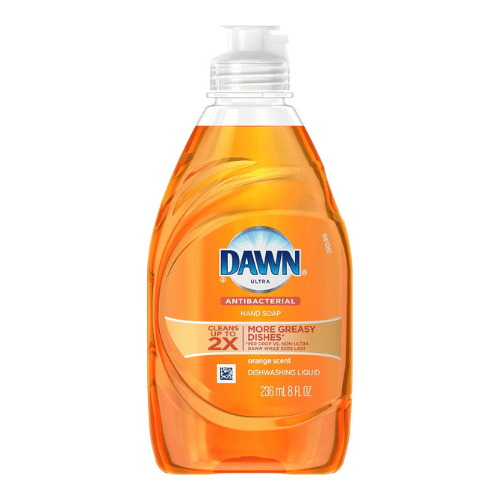
Palmolive Ultra Antibacterial Dish Liquid
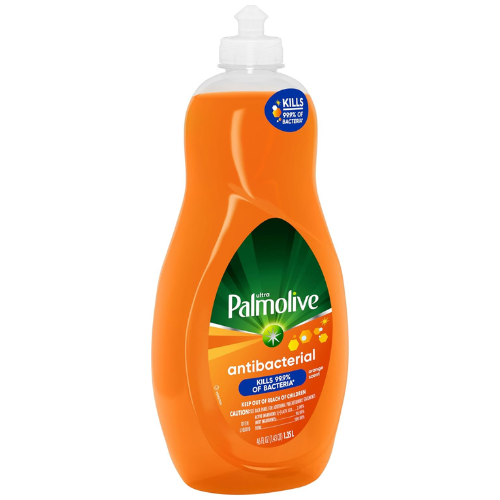
These are personal favorites for a thorough cleanse.
Cinema Secrets Professional Makeup Brush Cleaner
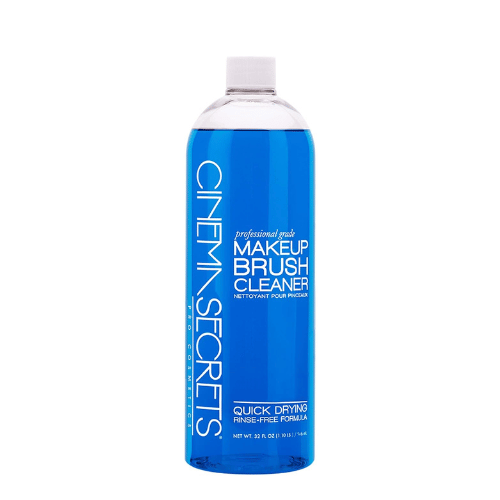
If a professional makeup brush cleanser is your preference, this viral product is must-try. A little bit goes a long way and this product has a quick dry down time.
PARIAN SPIRIT Professional Makeup Brush Cleaner
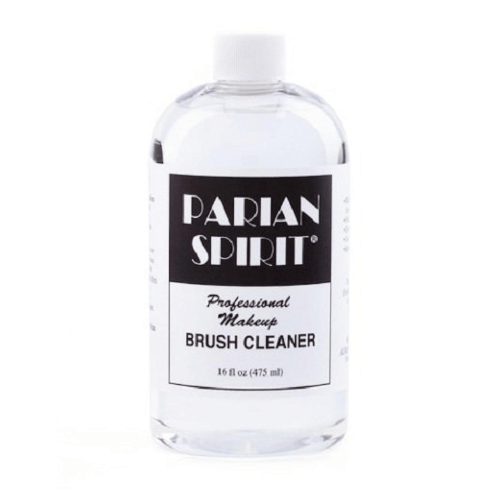
For quick, in-between use spot cleaning, the Parian Spirit Professional Makeup Brush Cleaner is a MUA favorite. With a quick dry down, it's perfect for on-the-go.
Dr. Bronner's Magic Soaps Hemp Peppermint Pure Castile Soap Bar
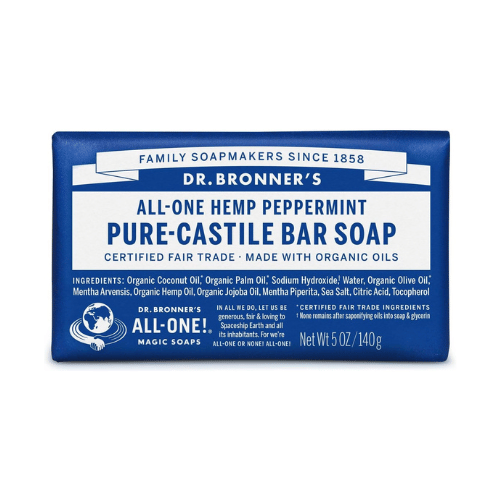
For makeup that won't budge with the liquid cleansers above, a rubbing the bristles against a bar soap is the extra step to eradicate even the toughest of residues. This found its way into my cleansing arsenal via the recommendation of the Youtube-favorite PRO MUA, Nikki La Rose.
Makeup Brush Cleaning Mat
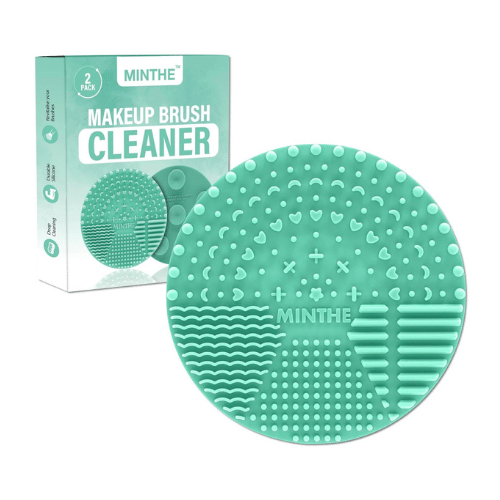
A soak with soap is normally enough to get most if not all of the residue and grime out. However, sometimes a few tricky spots of residue manage to cling onto the bristles. A dip into the soap paired with a few soft swipes against a brush cleaning mat moves helps to move around the bristles for the soap to reach further into the brush head, while the texture of the mat helps to swipe the residue off.
Swirling the bristles on your hands or in the soap bowl gets rid of most of the grime, but the cleaning mat makes those hard to reach spots an ease to work with.
Acrylic Makeup Brushes Drying Rack
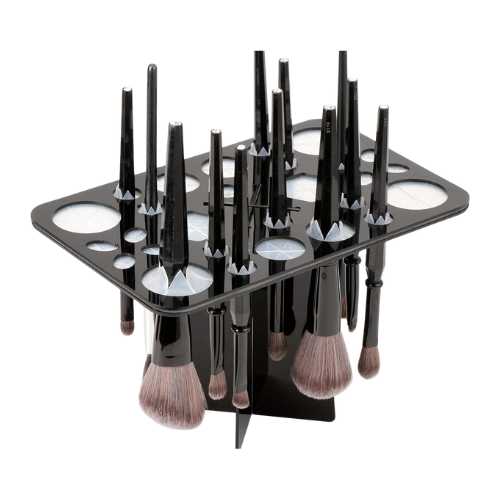
Once, the soap is washed off, the fastest way to dry brushes are to leave them hanging over the countertop or to invest is a small upside down makeup brush rack.
Cleaning Process
Dish Soap Cleanse
- Fill a bowl with water and a tablespoon of soap.
- Drip the brush into the bowl and swirl it around while using the bottom of the bowl to rub the brush bristles against it to remove the dried down product on the brush.
- For an even more thorough cleanse, rub the the bristles against the cleaning mat. Use a soft swiping motion paired with circular motions.
- Wash the brushes off in under lukewarm water.
- Ring out the water and re-shape any bristles that may have been disturbed in the process.
- Personal favorite trick: If the residue remains, place the cleaning mat into the bowl (the one above is small), and scrub the bristles against the mat. This allows the soap to seep deep into the brush as the bristles move and spread against the mat.
- Set aside on a towel to soak up excel moisture.
- After all brushes have been washed, leave them hanging over the counter or use a makeup brush drying rack and hang them upside down (never dry brushes upright)
Professional Makeup Brush Cleanse
- With the professional makeup remover, no water is needed. A tablespoon of the product into a small bowl or cup will do.
- A dip into the soap paired with a few soft swipes against a clean paper towel.
- Wash it off with water.
- Set aside to on a towel to soak up excess moisture.
- After all brushes have been washed, leave them hanging over the counter or use a makeup brush drying rack and hang them upside down.
Makeup Sponge Cleanse
The process of getting to clean makeup sponges is the same, except instead of swirling the brush in dish soap or swiping it against a paper towel, squeeze the soap into the sponge and work the soap into it. When you squeeze out all the makeup, use water to clean it out. Again squeeze in the water and squeeze it out gently till the water coming out of the sponge is clean.
Tip: Wash and dry makeup brushes and sponges at night for a fresh set to use in the morning. If you have no dish soap or professional makeup brush cleaners, a tablespoon of gentle shampoo does the job.
Alternative Cleaning Process
Makeup Brush Cleaner and Dryer Machine
In the sweet spot where tech meets beauty and makes cleaning a much less daunting process is the makeup brush cleaner and dryer machine. There are many on the market these days with a variety of settings to clean with. While, machines are great alternatives to get the products clean enough, nothing beats a thorough on-hands cleanse. For a hands-off quick and ease experience, here are Amazon's top 2 favorites for the job.
Conclusion - How to Clean Makeup Brushes and Sponges
Cleaning makeup brushes and sponges has never been easier. When it comes down to it, cleaning dirty brushes is just like cleaning any household object. To recap, use gentle soap, swipes off the grime, and store makeup brushes upside down or off of the counter to dry for sponges. Lastly, clean the sponges and makeup brushes regularly to avoid harboring bacteria. It's as easy as that once the routine is set.
Like these stories? You will (probably) love our monthly newsletter.


